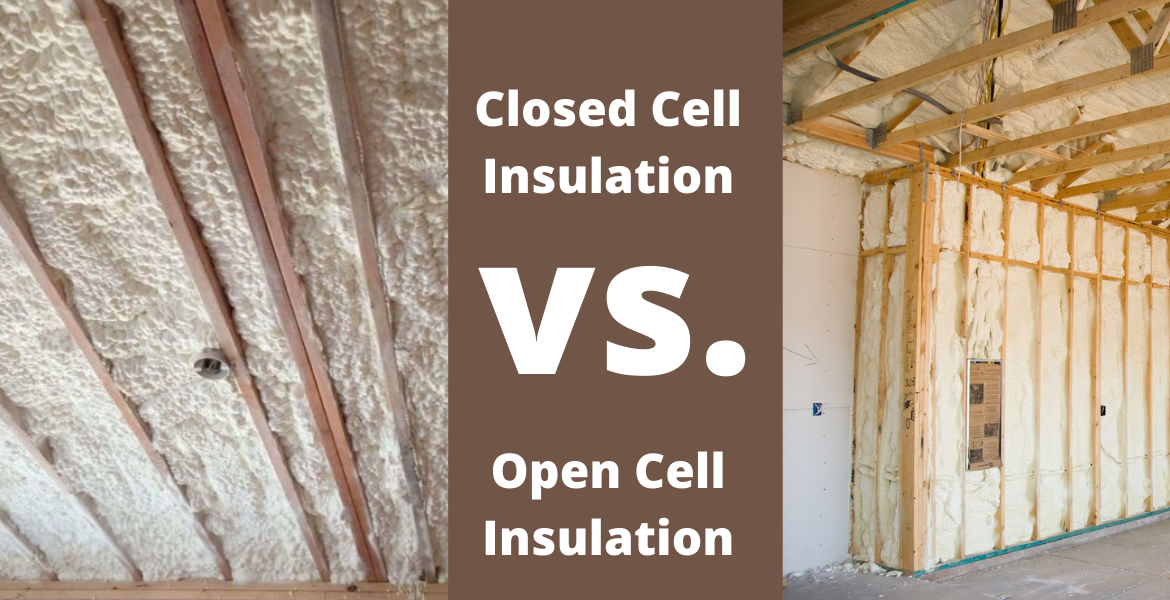Advice to Keep in Mind Before Selling Your House

It can be daunting to sell your house. There is so much to do in order to prepare the house for sale and there may be conflicting advice from family and friends about how to make the most of the sale. These tips for selling your house will ensure you don’t make a mistake! Stick to Small Home Repairs Ask yourself and your agent whether you will get the return on your investment before you make major changes to your home before selling. You most likely won’t get the money back that you are putting into the project. You should stick to making small changes like painting or changing light fixtures that will create an amazing first impression to potential buyers. Depersonalize the Space Your furniture and décor may be your favorite, but they can distract buyers from the important areas of your home. It is a good idea to get rid of all personal items (such as pet items and family photographs) and take as much as possible off your bathroom and kitchen countertops. Ask a trusted friend or family member for their opinion if you aren’t sure if you have staged your home properly. Be Prepared to Show Your Home at All Times The numbers are important in the sales world, especially when you are selling your home. If your house is seen by many people, it will be more likely to sell quickly at a fair price. You should be ready to let people see your house without much notice and ensure the house is kept clean at all times. If you have pets, be prepared to take them to a different location while the house is being viewed. Take a Step Back Selling to someone is not something that anyone likes. Buyers want to have the opportunity to evaluate your home and make an honest assessment of it before they come to visit, which is impossible to do if you or your family are in the house. Although it’s not always easy to do, be prepared to go somewhere else when potential buyers visit your home. Photos Will Help in Selling Your House Most home buyers start their search on the Internet, especially first-time home buyers. You may lose the ability to attract home buyers if you don’t have many high-quality photos of your house to display online. Think About Selling Your House During a Slow Period Were you advised to wait until spring before selling your home? Although it is true that most home sales occur in spring, homes must still be purchased. More buyers may be enticed by your house if you list it at a slower time of the year due to the smaller amount of options available. Research Fair Pricing For Houses Like Yours It’s tempting to put a high price on your house when you only get one chance to sell it. Research the selling prices of similar houses in your area and how long they have been on the market….

